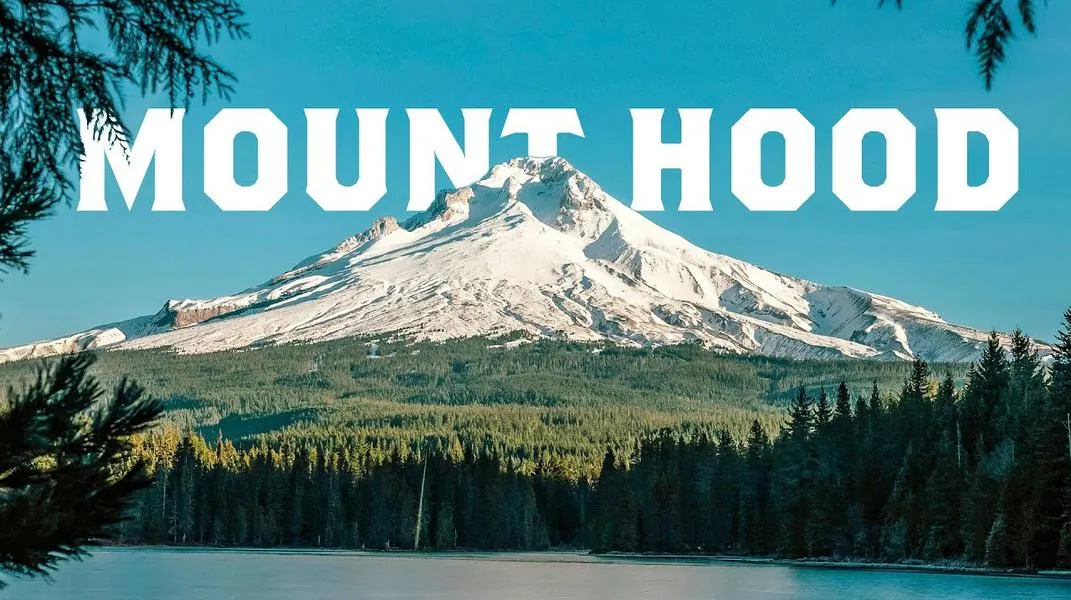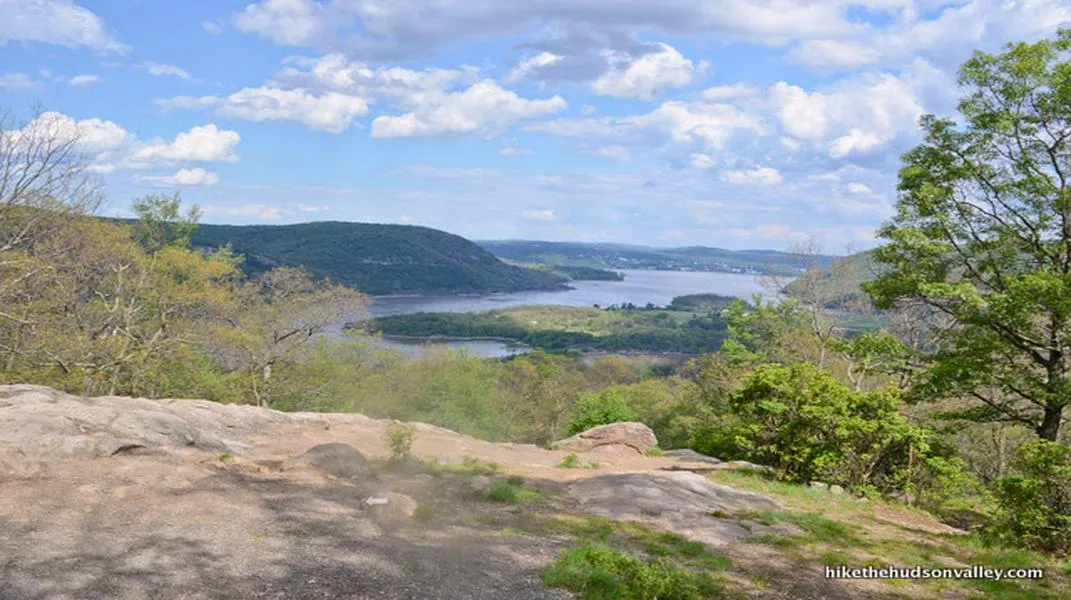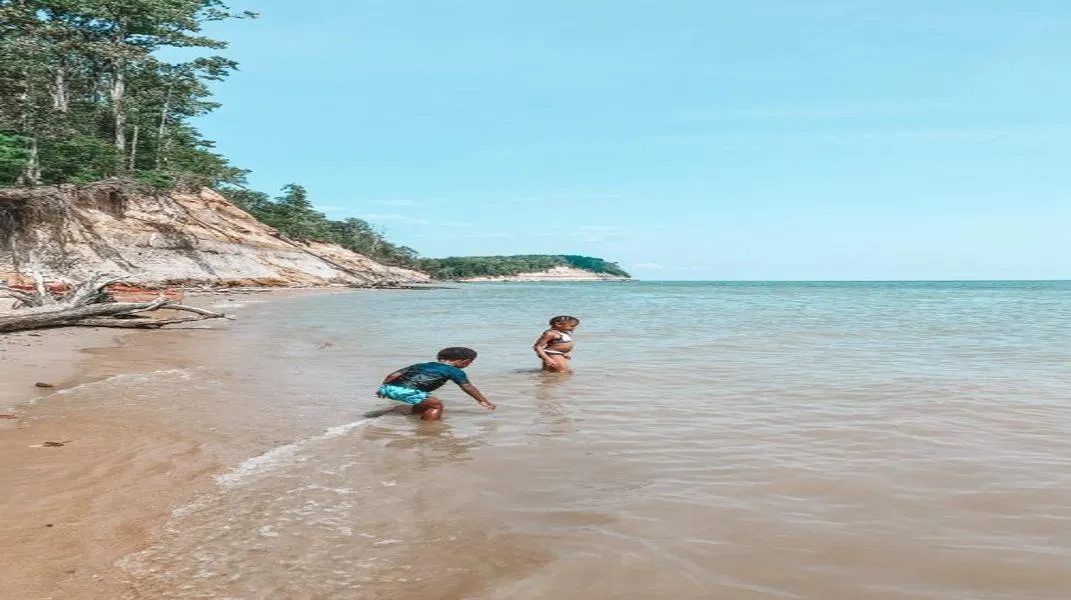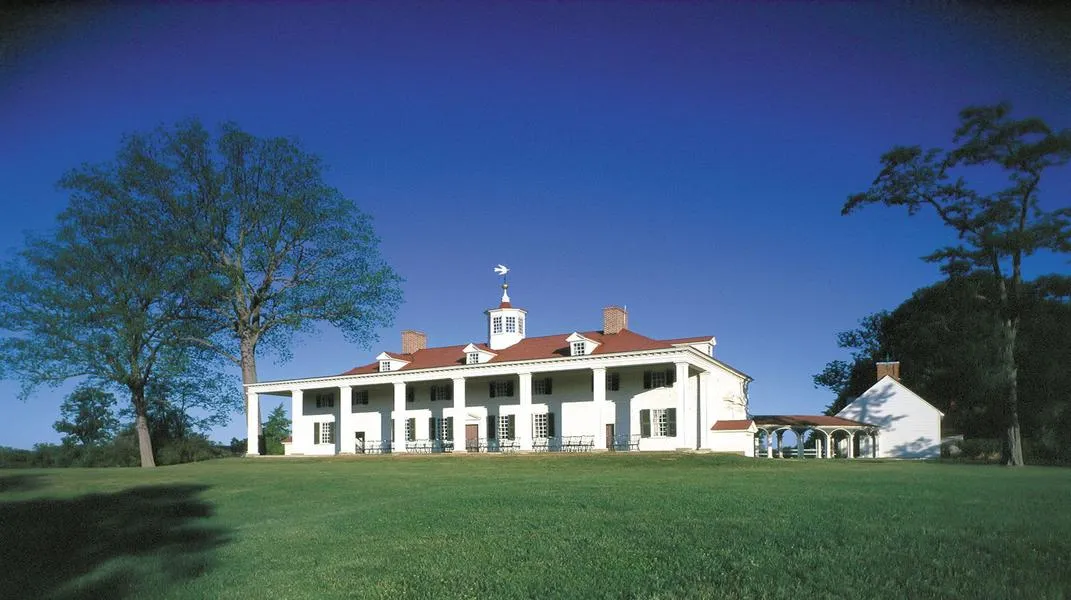Exploring the Majestic Mount Hood: A Guide to Oregon's Iconic Peak
Nestled in the heart of the Pacific Northwest, Mount Hood stands as an iconic symbol of Oregon's natural beauty. Towering at

The Allure of Mount Hood
A Geological Marvel
Mount Hood is part of the Cascade Range, a volcanic arc that stretches from British Columbia down to Northern California. Its formation began over 500,000 years ago through a series of volcanic eruptions, leading to the creation of the majestic peak we see today. The mountain is adorned with glaciers, including the Palmer and Eliot glaciers, which have been the focus of scientific studies due to their rapid retreat in the face of climate change.
Rich Flora and Fauna
The diverse ecosystems surrounding Mount Hood are home to an array of plant and animal species. The lower elevations are covered in lush forests of Douglas fir, hemlock, and western red cedar, while higher elevations transition into alpine tundra where wildflowers bloom in vibrant colors during the summer months. Wildlife enthusiasts may spot black bears, elk, mule deer, and various bird species, including the majestic bald eagle.
Cultural Significance
Mount Hood holds significant cultural importance to the indigenous peoples of the region, particularly the Multnomah, Wasco, and Warm Springs tribes. The mountain is known as “Wy’east,” named after a legendary figure in local lore. The mountain's prominence in local mythology and its historical significance to Native American tribes add a layer of depth to its allure, making it more than just a natural wonder.
Activities to Experience
Mount Hood offers a plethora of activities that cater to visitors of all ages and interests. The peak is a year-round playground, with each season offering unique opportunities for exploration and adventure.
Summer Activities
- Hiking: With over 300 miles of trails, Mount Hood is a hiker's paradise. Popular trails include the Timberline Trail, which circumnavigates the mountain and provides stunning views of the glaciers and wildflowers, and the Paradise Park Loop, which offers a more challenging hike with breathtaking vistas.
- Mountain Biking: The area around Mount Hood is also known for its mountain biking trails. The Timberline Trail and various forest service roads provide exhilarating rides through dense forests and scenic landscapes.
- Fishing: The lakes and rivers surrounding Mount Hood, such as Trillium Lake and the Sandy River, are great spots for fishing. Anglers can expect to catch species like trout, salmon, and bass.
- Camping: There are numerous campgrounds in the area, offering options for both tent camping and RV sites. Popular campgrounds include Lost Lake Campground and Trillium Lake Campground, both of which provide picturesque settings for a night under the stars.
- Wildflower Viewing: During the summer months, the meadows surrounding Mount Hood burst into a riot of colors as wildflowers bloom. July and August are the best months to experience this floral spectacle.
Winter Activities
- Skiing and Snowboarding: Mount Hood is renowned for its skiing and snowboarding facilities, particularly at Timberline Lodge and Mount Hood Meadows. Timberline is unique in that it offers skiing year-round, thanks to its high elevation and glacier terrain.
- Snowshoeing and Cross-Country Skiing: For those who prefer a quieter winter experience, snowshoeing and cross-country skiing trails are plentiful. The Trillium Lake area is particularly popular for both activities.
- Winter Tours: Guided snowshoe and ski tours are available for those who want to explore the area without the worry of getting lost. These tours often include equipment rental and expert guidance.
Planning Your Visit
When to Visit
The best time to visit Mount Hood largely depends on the activities you are interested in. Summer (June to September) is ideal for hiking, camping, and wildflower viewing, while winter (December to March) is perfect for snow sports. The shoulder months of spring and fall can also be rewarding, offering fewer crowds and the opportunity to witness seasonal changes.
Getting There
Mount Hood is easily accessible from Portland, Oregon, which is approximately 60 miles to the west. The most common route is via U.S. Highway 26, which leads directly to the Mount Hood National Forest. Visitors can also take advantage of public transportation options, including the Mount Hood Express, which connects Portland to popular destinations around the mountain.
Where to Stay
Accommodation options near Mount Hood range from rustic cabins to luxury resorts. Here are some recommendations:
- Timberline Lodge: A National Historic Landmark, this lodge offers stunning views, dining, and direct access to skiing and hiking trails. Its unique architecture and rich history make it a must-see.
- Mount Hood Meadows Resort: Ideal for winter sports enthusiasts, this resort offers ski-in/ski-out accommodations and various amenities for a comfortable stay.
- Campgrounds: For those who prefer camping, there are numerous campgrounds in the area. Reservations can typically be made through the U.S. Forest Service website.
What to Pack
Preparing for a visit to Mount Hood requires thoughtful packing to ensure a safe and enjoyable experience. Here’s a checklist of essential items based on the season:
Summer Packing List
- Clothing: Lightweight, moisture-wicking layers, a hat, sunglasses, and sunscreen. A light jacket or windbreaker for cooler mountain evenings.
- Footwear: Sturdy hiking boots with good traction.
- Gear: A daypack, hydration system or water bottles, a first-aid kit, a map of the trails, and trekking poles (optional).
- Camping Equipment: If camping, bring a tent, sleeping bag, cooking gear, food supplies, and a portable stove or grill.
Winter Packing List
- Clothing: Layered clothing, including thermal base layers, waterproof and insulated jackets, gloves, and warm hats. Don’t forget ski socks and goggles.
- Footwear: Waterproof snow boots for walking and good ski or snowboard boots if participating in winter sports.
- Gear: Ski or snowboard equipment (if you own it), snowshoes (if not renting), a backpack, a hydration system, and a first-aid kit.
Safety Considerations
While Mount Hood is a beautiful destination, it is essential to practice safety and preparedness:
- Check Weather Conditions: Mountain weather can change rapidly, so check forecasts before heading out.
- Stay on Marked Trails: To protect the environment and ensure your safety, stick to designated trails.
- Be Bear Aware: If hiking or camping, familiarize yourself with bear safety guidelines.
- Know Your Limits: Choose activities that match your skill level and physical fitness. It’s okay to turn back if conditions become challenging.
Conclusion
Mount Hood is not just a mountain; it’s a treasure trove of natural beauty, adventure, and cultural significance. Whether you're carving through fresh powder, hiking along scenic trails, or simply soaking in the views, this magnificent peak offers a unique experience for every visitor. With careful planning and preparation, your visit to Mount Hood will surely be a memorable adventure in the heart of the Pacific Northwest. So pack your bags, lace up your hiking boots, and get ready to explore one of Oregon's most breathtaking natural wonders!




